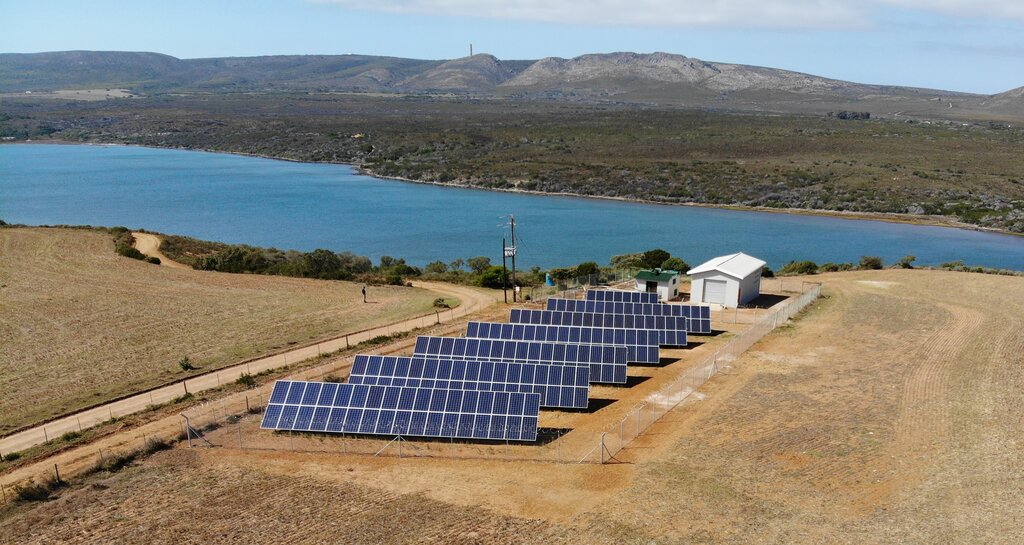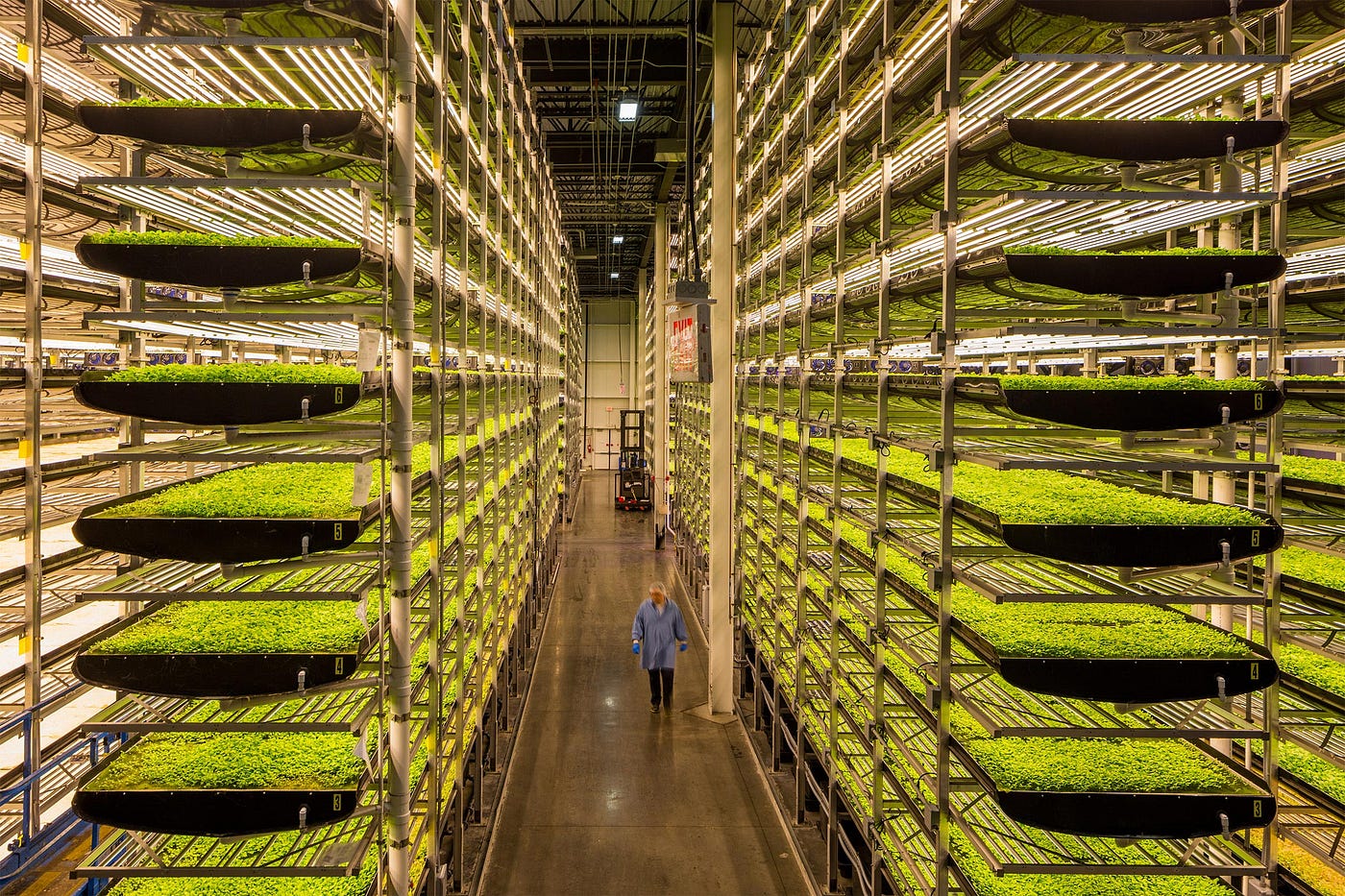
What is Green Technology?
Green technologies, also known as clean technologies or environmental technologies, refer to a range of products, techniques, and processes designed to provide sustainable solutions while minimizing the negative environmental impact.
It can be eco-friendly in how it’s made or supplied. Green tech can also mean using clean energy sources, like solar or wind power, or using fuels that are better for the environment than traditional ones. Overall, it’s about finding ways to protect the planet and reduce harm to nature.
An example of solar energy-inspired technology is solar desalination. It’s a green innovation that ranks among the top 10 eco-friendly advancements. Utilizing solar energy to desalinate salt water offers a promising solution to water shortages, desertification, and hunger.
Solar energy is one of the most promising and widely implemented green technologies. It involves using solar panels to convert sunlight into electricity, reducing the reliance on fossil fuels and significantly reducing carbon dioxide emissions. Solar energy systems can be used in both residential and commercial settings, making it a versatile and renewable energy source.
Companies like Elemental Water Makers are already implementing solar desalination projects worldwide, providing affordable, safe, reliable, and fossil-free water to those in need.

 Green Architecture
Green ArchitectureMany global companies have embraced green architecture in their commitment to sustainability. Apple Park has the largest naturally ventilated building and uses solar panels. Googleplex features an energy-efficient design with smart lighting and HVAC systems, while Microsoft’s campus includes green roofs, rainwater harvesting, and waste reduction initiatives. These companies lead by example in reducing environmental impact through eco-friendly construction practices.
 Vertical Farming and Hydroponics
Vertical Farming and HydroponicsVertical farming stacks plants in columns or shelves, optimizing space and controlling the climate. Hydroponics uses LED lighting and artificial nutrients to grow plants in water or an inorganic substrate without soil. Combining both methods offers a sustainable solution for urban areas, reducing the need for transportation and supporting local food sources like microgreens for nearby restaurants.
 Vehicles
VehiclesElectric vehicles, or EVs, are another remarkable green technology innovation. Using electricity as their primary power source instead of gasoline or diesel, EVs produce zero tailpipe emissions, reducing the overall carbon emissions from transportation. With advancements in battery technology, EVs are becoming more accessible and practical for everyday use.
Companies like Tesla are leading the way in accelerating the transition to sustainable energy, offering electric vehicles that are not only environmentally friendly but also provide a better and more enjoyable driving experience than traditional gasoline cars.
 Wind Power
Wind PowerWind power is a renewable energy source that uses the wind to make electricity, and it’s quickly becoming a big part of our clean energy future. As technology improves, wind power is getting more efficient and widespread. It has immense potential as a renewable energy source. With the advancement of wind turbine technology, we can harness the power of the wind to generate clean electricity on a larger scale. Wind farms located in areas with high wind speeds can contribute significantly to the global transition towards a greener energy mix.
One cool development is offshore wind farms. These are vast groups of turbines built in the sea where the wind is stronger and steadier than on land. By harnessing this mighty wind, offshore farms can produce much electricity, reducing greenhouse gases and our need for fossil fuels.
Webmaster : Arif Manachitt M.5/5 No.34
Reference: https://www.twi-global.com/technical-knowledge/faqs/what-is-an-ev